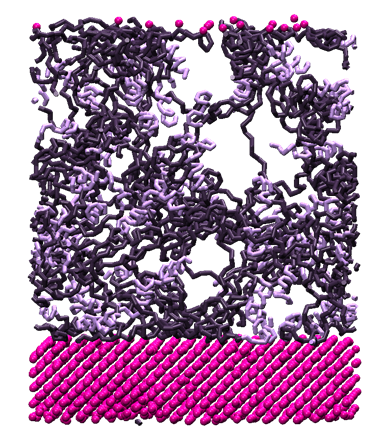Perfluoroalkyl and Polyfluoroalkyl Substances (PFAS) are a large, complex group of manufactured chemicals that are ingredients in various everyday products. For example, they are used to keep food from sticking to packaging or cookware, make clothes and carpets resistant to stains, and create firefighting foam that is more effective. PFAS are used in industries such as aerospace, automotive, construction, and electronics.
However, multiple health effects associated with PFAS exposure have been identified and are supported by different scientific studies. Concerns about the public health impact of PFAS have arisen for the following reasons:
- Widespread occurrence. Studies find PFAS in the blood and urine of people.
- Numerous exposures. Since they are used in hundreds of products globally.
- Growing numbers. More than 9,000 PFAS have been identified.
- Persistent. aka as “forever chemicals” thanks to the carbon-fluorine bond which is one of the strongest.
- Bioaccumulation. Over time, people may take in more of the chemicals than they excrete, a process that leads to bioaccumulation in bodies.
For these reasons several international regulations such as the Stockholm Convention (2001) or others in Europe and US specific for drinkable water, and materials in contact with food, target PFAS molecules.
In this webinar we will demonstrate how materials simulations allow investigating alternatives by computing their key properties such oil repellency, CO2 and O2 permeation, moisture uptake and biodegradability.
- Oil repellency
- Biodegradabiliy
- Transport properties

Pluronics block copolymer as a possible PFAS alternative
Register to our webinar
